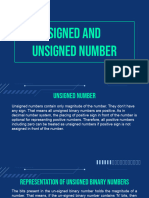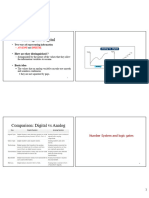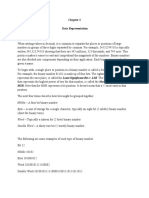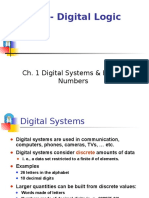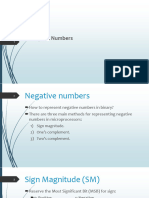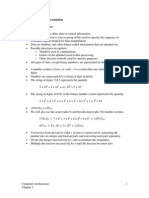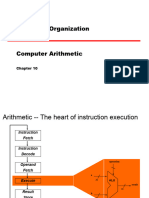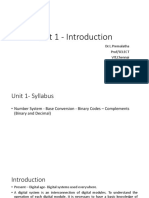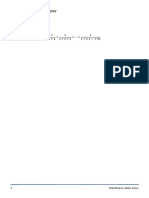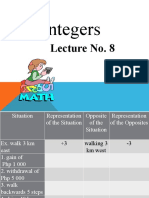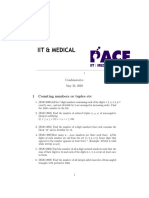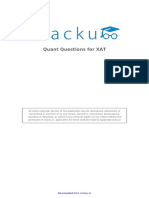0% found this document useful (0 votes)
7 views22 pagesModule1 L3-Data Representation - Integer and Char
The document covers data representation in computing, focusing on signed and unsigned integers, binary and decimal number systems, and character encoding schemes such as ASCII, EBCDIC, and Unicode. It explains various methods for representing signed integers, including sign-magnitude, one's complement, and two's complement, along with their advantages and limitations. Additionally, it discusses the structure and usage of different character encoding systems to accommodate various languages.
Uploaded by
anish thakurCopyright
© © All Rights Reserved
We take content rights seriously. If you suspect this is your content, claim it here.
Available Formats
Download as PDF, TXT or read online on Scribd
0% found this document useful (0 votes)
7 views22 pagesModule1 L3-Data Representation - Integer and Char
The document covers data representation in computing, focusing on signed and unsigned integers, binary and decimal number systems, and character encoding schemes such as ASCII, EBCDIC, and Unicode. It explains various methods for representing signed integers, including sign-magnitude, one's complement, and two's complement, along with their advantages and limitations. Additionally, it discusses the structure and usage of different character encoding systems to accommodate various languages.
Uploaded by
anish thakurCopyright
© © All Rights Reserved
We take content rights seriously. If you suspect this is your content, claim it here.
Available Formats
Download as PDF, TXT or read online on Scribd
/ 22

